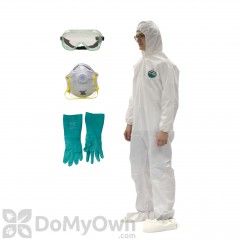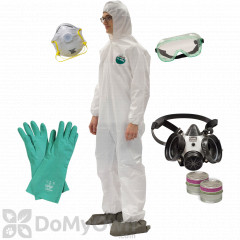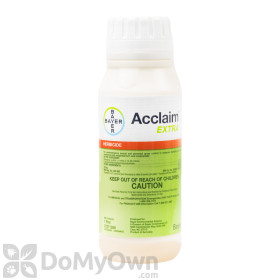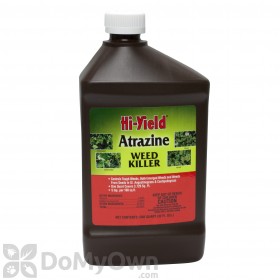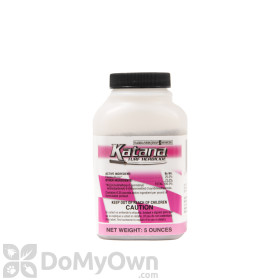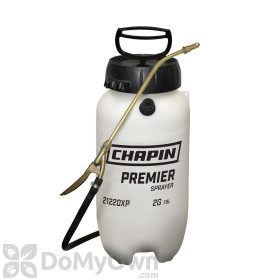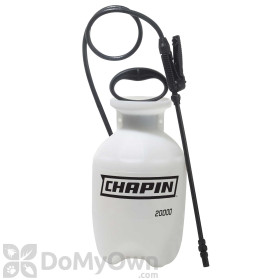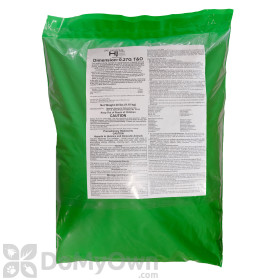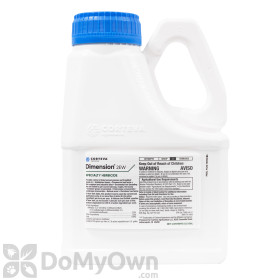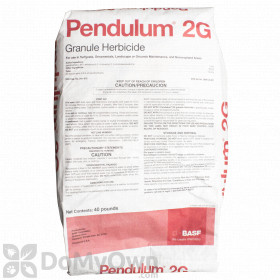Use Sandspur Killer Products

Whether you call them sandbur weeds, sandspur weeds, or burgrass (not to be confused with lawn burweed which is a different weed that's close in name), these ugly weeds are known by many names and one notable characteristic--spiny, prickly seed pods that can stick to your clothing or your pet's paws. Fortunately there are options for controlling sandspur weeds. Check out our suggested methods and pro-picked products below to reclaim your lawn from the stickers.
Apply a Post-Emergent Sandspur Herbicide
Knock Down Sprouted Sandspur Weeds with a Weed Killer
If sandspur weeds are already visible on your lawn, they can be controlled with a post-emergent herbicide, also known as a weed killer, labeled to control sandspur. Product labels will typically only list weeds under one name, so be sure to check the list of weeds controlled for both "sandspur" and "sandbur" to ensure you have selected the right product for your needs.
In addition to finding a post-emergent herbicide labeled to control sand-spur, you will want to make sure the one you select is safe to use in your turf-type. Many selective herbicides that control sandspur are designed for warm-season turf types, such as bermudagrass, centipedegrass or St. Augustinegrass. With these herbicides, you may able to do broadcast treatments in your lawn, but check the label for application details as not every herbicide is able to be broadcast.
If you have a cool-season lawn, such as fescue or ryegrass, you may need to do spot treatments with a non-selective herbicide to control sandspur. Non-selective herbicides will kill or damage any plant that it is sprayed on, so care is needed during spot treatments to spray the weed to limit injury to desirable turf, ornamentals, or crops.
Repeat applications of the post-emergent herbicide may be needed to control heavy sandspur infestations. Consult with the product label for reapplication timing and mix rates, as well as any recommended adjuvants such as surfactants that may enhancement the efficacy and performance of your herbicide treatment.
Products needed for Step 1
Apply a Sandspur or Sandbur Preventer
Reduce Sandspur Appearance with a Weed Preventer
Because sandspur seed pods are hardy and can sprout from deep in the soil, the weed could make a surprise return even after all the visible plants have died away or been removed. Applying a pre-emergent herbicide labeled for use against sandspur will provide an extra barrier to keep any remaining seeds from germinating and reaching the surface.
- Pre-emergent products should be applied before sandspur seeds germinate in the spring. Your local extension office can give you tips on when to apply pre-emergents in your area.
- Choose a product labeled for control of sandspur or sandbur (it may only list one of these names) and for the existing turf you may be treating around.
- Learn to check the temperature of your soil to understand when weeds and other plants will begin to germinate. Sandspur seeds will typically germinate when soil temperatures reach 52 degrees F.
- Check the label of any pre-emergent to be used for timing recommendations. Some herbicides include restrictions around newly seeded grass, new sod, or other specific turf applications.
Products needed for Step 2
Keep Your Turf Healthy to Crowd Out Sandspur Weeds
One simple way to fight the pain of sandspur in your lawn is to maintain strong, thick turf that can crowd out weeds like this. Make a plan to fertilize your turf on a regular schedule to avoid bare spots on your lawn where sandburs could thrive.
Sandspur weeds can be dug up if they are few in number. Wear gloves and be sure to clean your tools and dispose of the plant debris carefully to avoid spreading seeds any further in the area. Use a bagger attachment with your mower to collect and dispose of sandspur burs after mowing to further cut down the seed population around your home.
If you have any questions about the methods recommended in this guide or the products needed to control and kill sandspur weeds, give our lawn care experts a call at 866-581-7378 or email [email protected].

